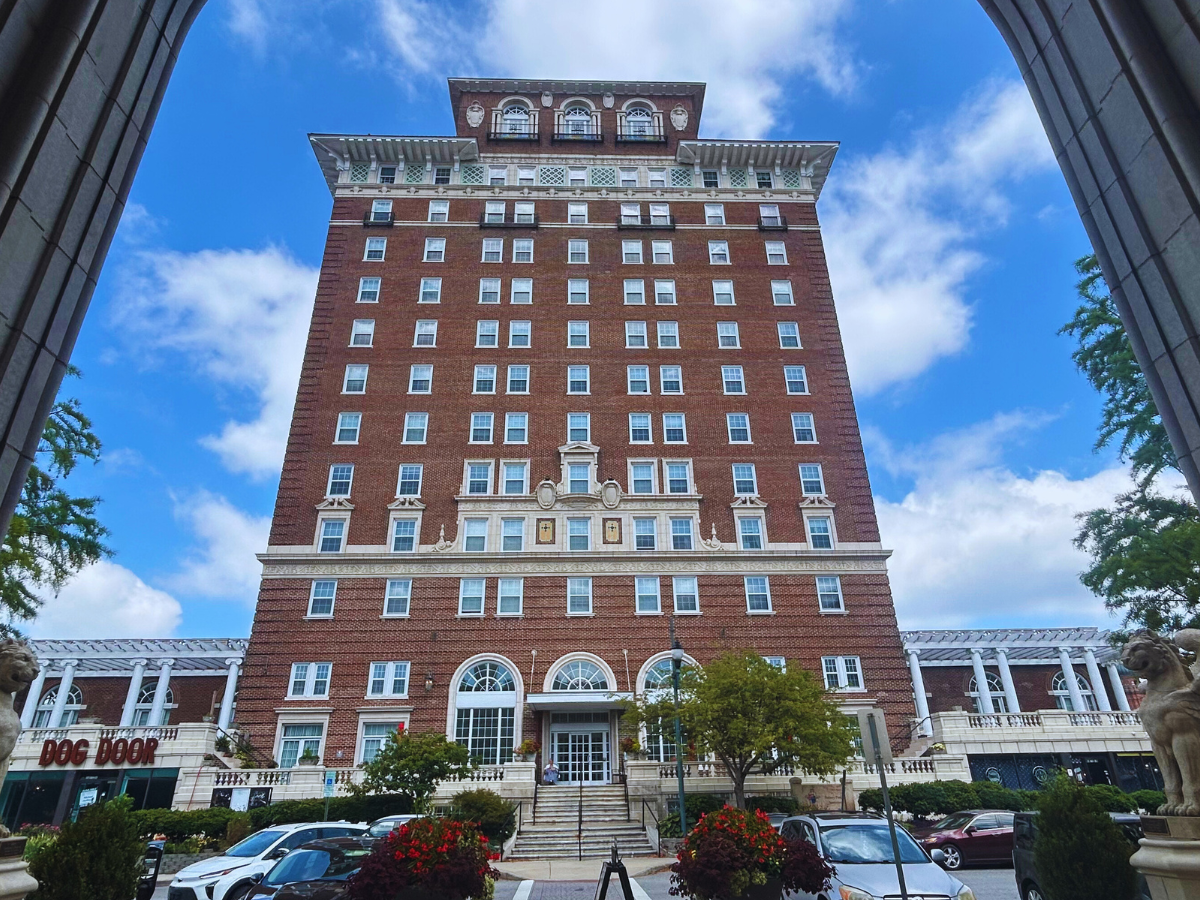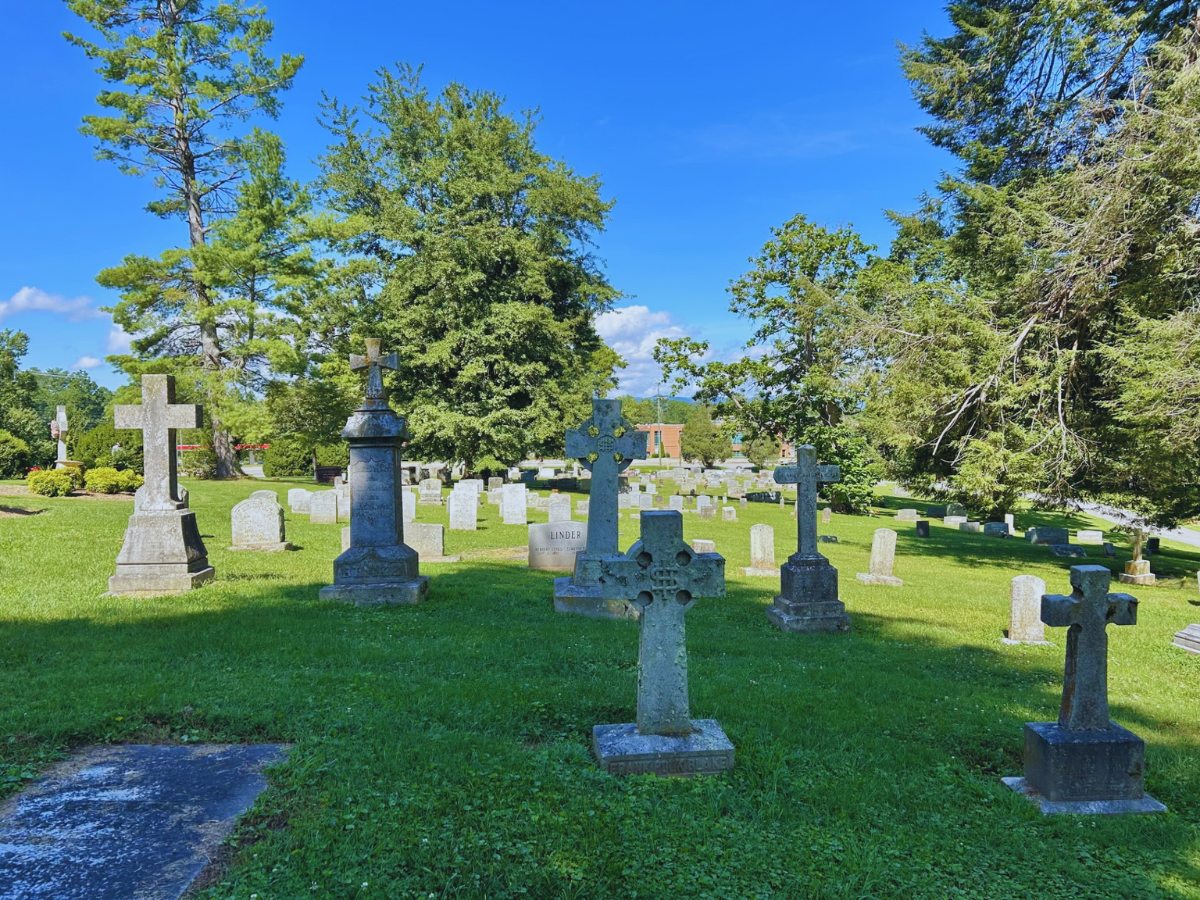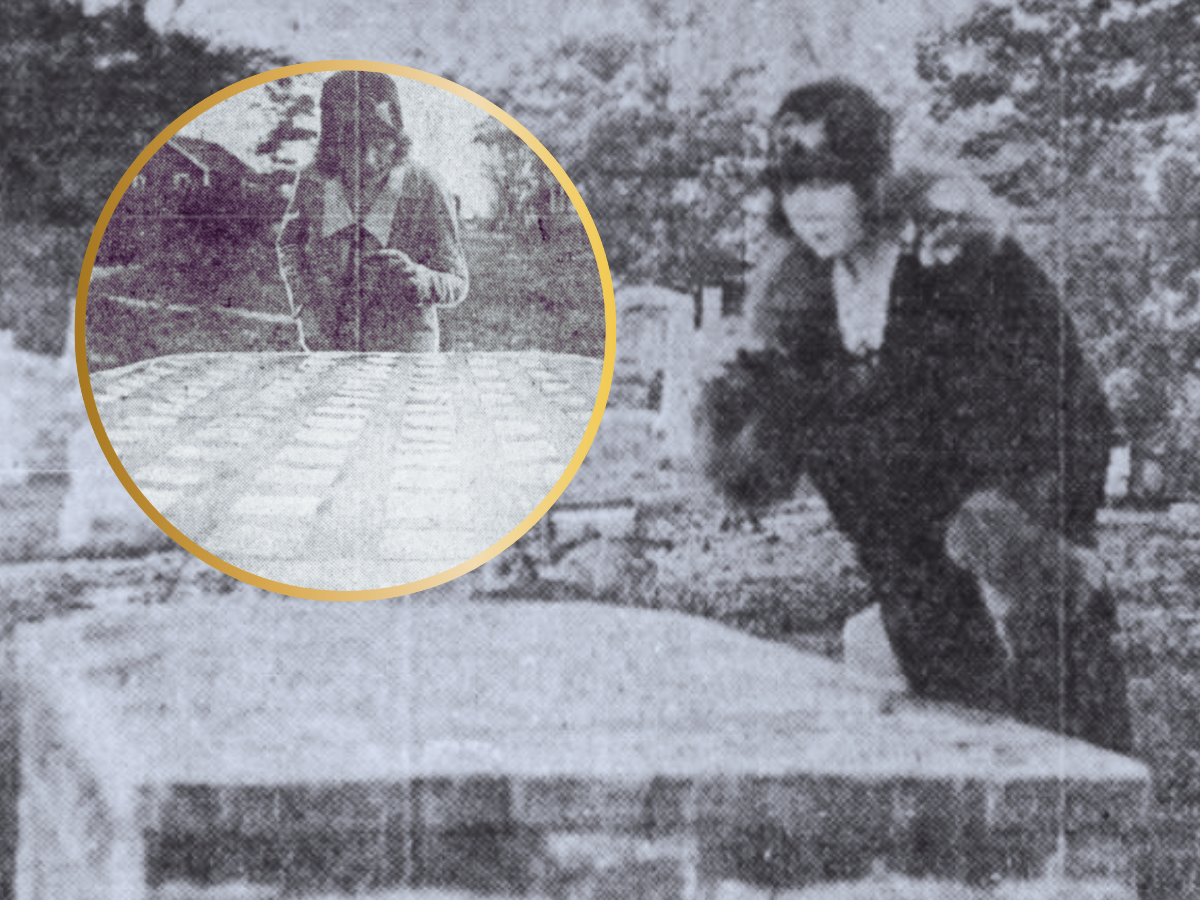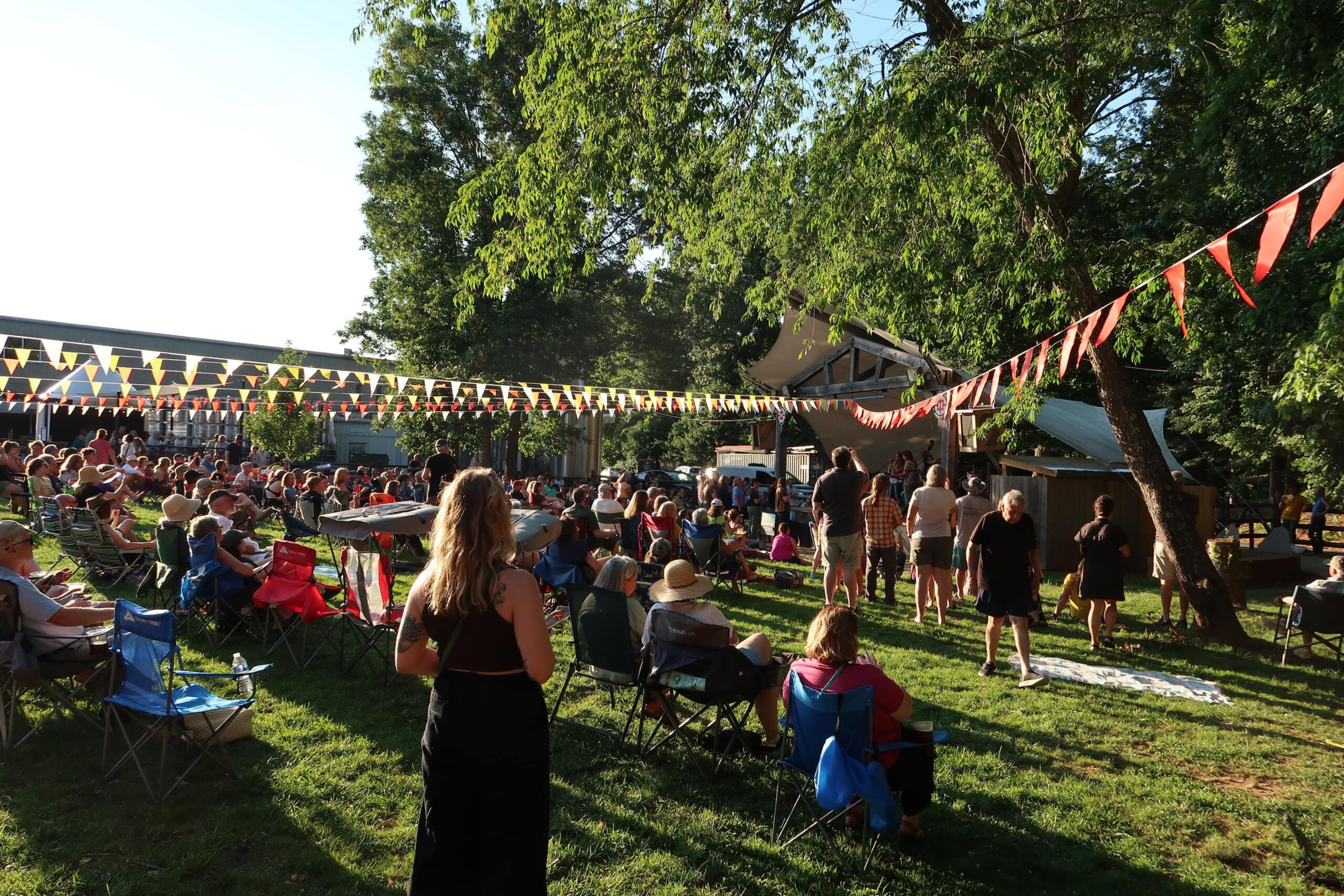EDITOR’S NOTE: Strangeville explores the legends, folklore, and unexplained history of Western North Carolina. From Cherokee mythology and Appalachian ghost stories to Bigfoot sightings and UFO encounters, the Blue Ridge Mountains have long been a hotspot for the strange and mysterious. Join us as we dig into the past and uncover the truth behind the region’s most curious tales.
ASHEVILLE, N.C. — Asheville became part of baseball folklore in the spring of 1925, when rumors swept the world that Babe Ruth had died here.
Then 30 years old and already a living legend, Ruth was traveling north with the New York Yankees for an exhibition against the Brooklyn Dodgers at Asheville’s new McCormick Field. When the team’s train pulled into Asheville on April 7, Ruth stepped off the car, staggered, and collapsed on the platform.
Local doctors rushed to his side and admitted him to the Battery Park Hotel for rest and observation. By the next day, Ruth was still weak but alive. He was helped into a taxi and put back on a train bound for New York.
The Yankees would go on to defeat the Dodgers at McCormick Field, 16 to 8.
That should have been the end of the story, except word spread along the rail line that Babe Ruth had died as the train was leaving Asheville. Within hours, telegraph wires carried the unverified report and by April 9, newspapers in Belfast and Dundee printed premature obituaries of the Yankee star.
The New York Times would later clarify that Ruth was very much alive, but the incident created a lasting association: to this day, Asheville carries the odd distinction of being the place where “Babe Ruth died,” if only in rumor.
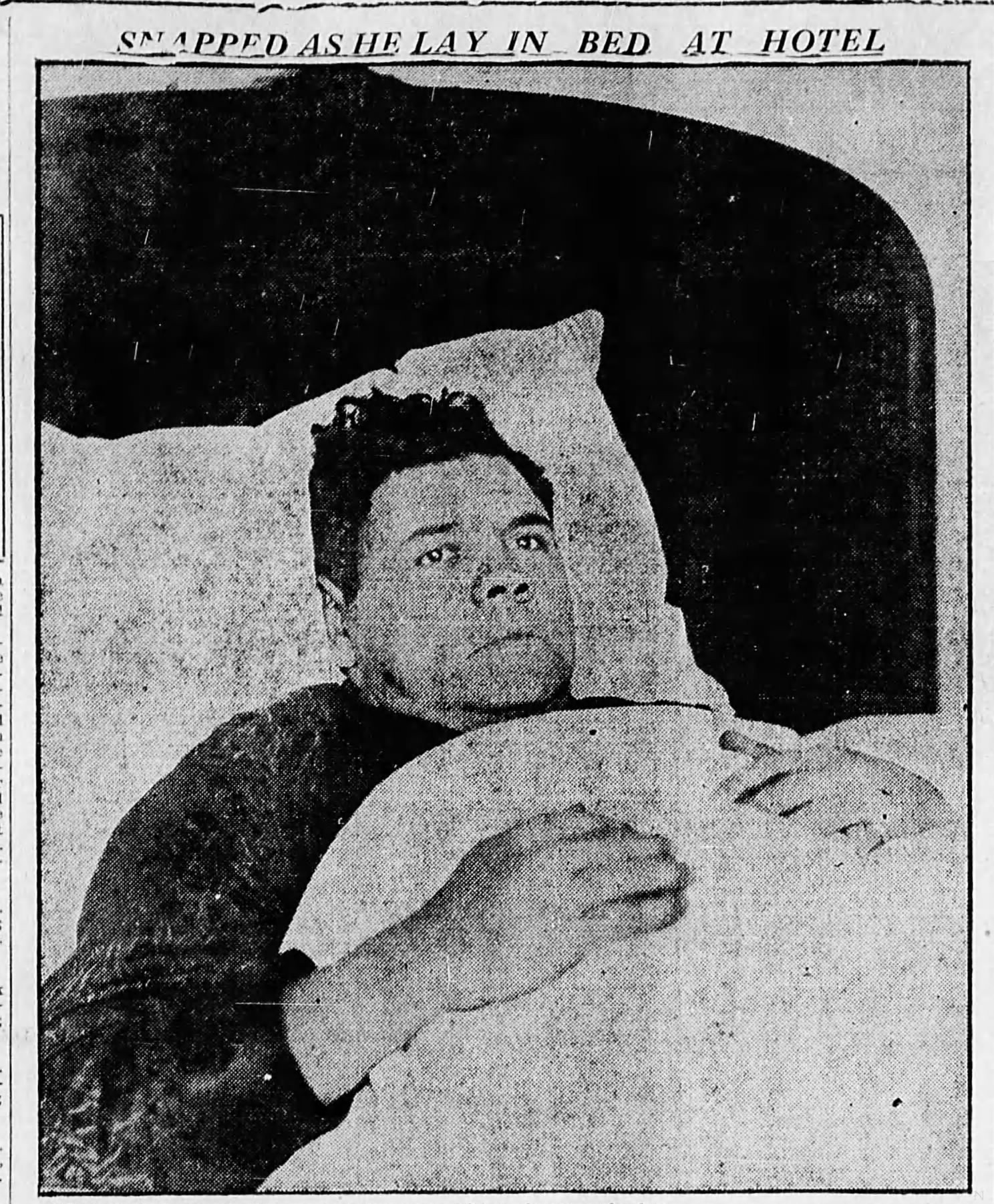
A national scare
Ruth’s collapse came at the height of his fame. In the early 1920s he had single-handedly transformed baseball into America’s pastime, smashing home run records and drawing crowds larger than some ballparks could contain.
So when news broke that he had collapsed in Asheville, and worse, that he was dead, the baseball world went into shock.
When Ruth arrived at Pennsylvania Station, he collapsed again and was carried to St. Vincent’s Hospital. Doctors eventually performed surgery for what they described as an “internal abscess.”
No clear diagnosis was ever given, fueling decades of speculation about the true cause. Fans called it “the bellyache heard ’round the world,” a nickname that stuck even as Ruth returned to the lineup that June.
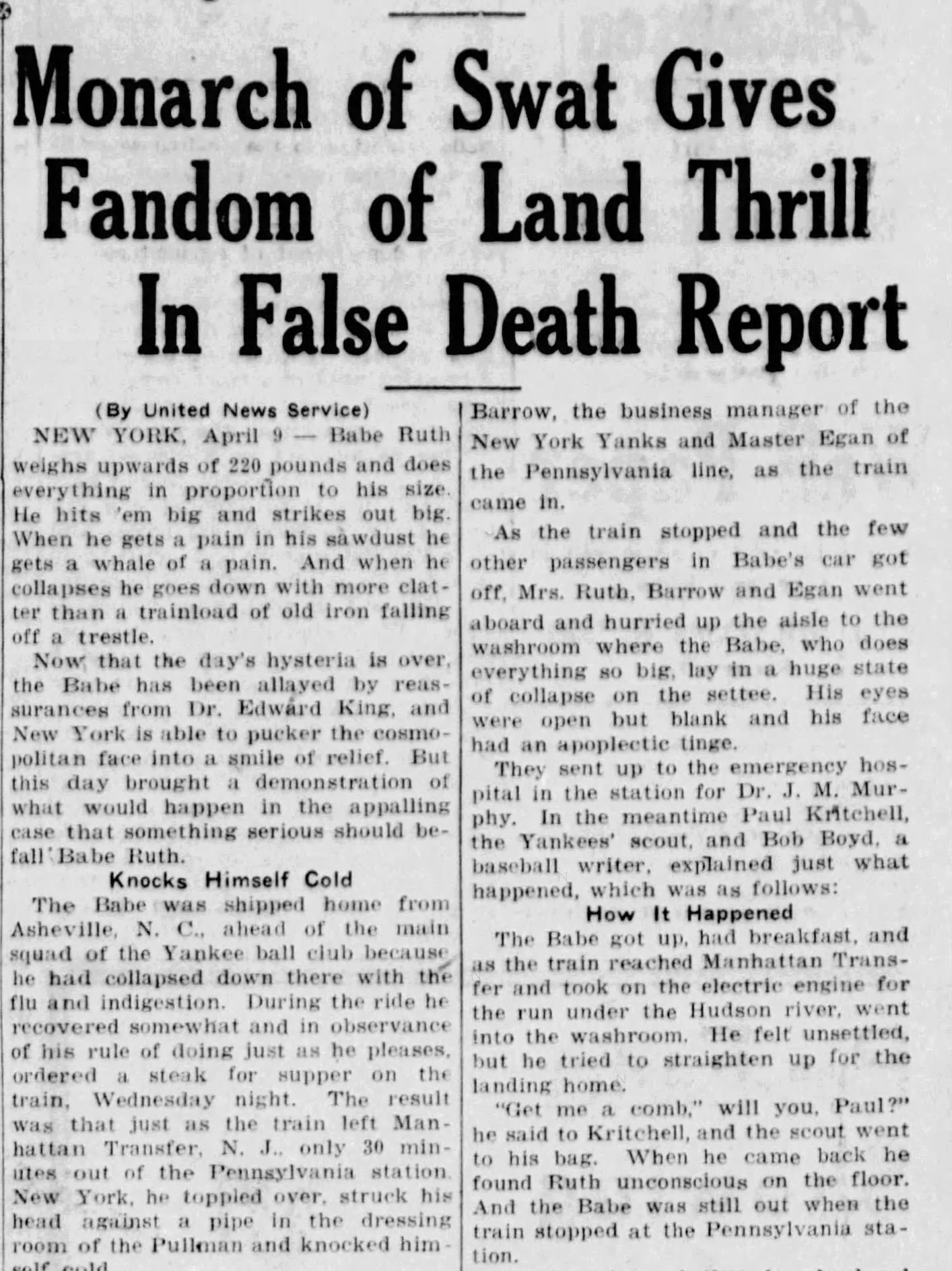
Asheville’s role in the legend
For Asheville, Ruth’s collapse became a strange chapter in local lore. Witnesses recalled seeing him pale and weak at the Battery Park Hotel.
The following day, crowds gathered at the station to see the slugger off, uncertain if they would ever see him again. The false death reports that followed only deepened the connection between Ruth and Asheville, even though he recovered hundreds of miles away in New York.
Six years later, Ruth returned to Asheville under far better circumstances. In 1931, he and teammate Lou Gehrig headlined another exhibition at McCormick Field, thrilling local fans by each hitting home runs. The game served as a kind of coda to the unsettling events of 1925.
Rumor becomes folklore
Nearly a century later, the episode is remembered less as a medical scare and more as a piece of Appalachian baseball folklore.
Asheville played host to one of the strangest moments in baseball history, when a single rumor turned the city into the supposed final stop for Babe Ruth.
The Bambino lived another 23 years, playing until 1935 and cementing his place as the game’s most iconic figure. But for a brief spring morning in the Blue Ridge Mountains, the world believed otherwise.

